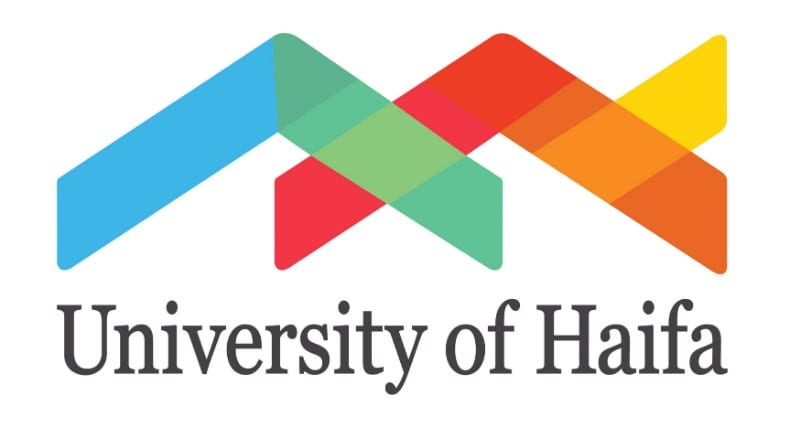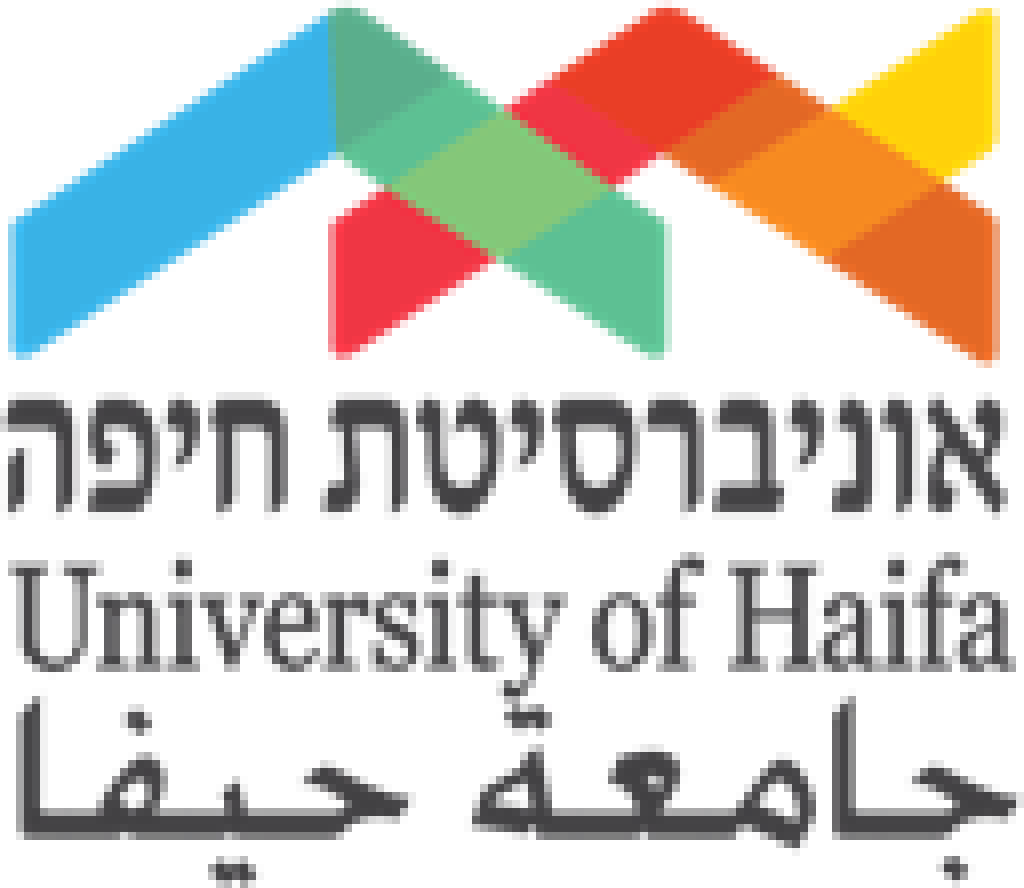About
STEP (Seeing The Entire Picture) is designed to help teachers and students make use of rich and interactive assignments in math classes, through the use of a wide range of technologies (cellular phones, tablets, laptops, and computers), and provide an automatic and accessible analysis of the students’ answers in a manner that would form the foundation for the teacher’s decision making in real time – during the actual course of the class. STEP, as its name states, makes it possible to view various characteristics of the submitted solution.
STEP is a task-based automated online formative assessment platform that makes it possible to generate a variety of possible answers to interactive tasks, to process and analyze the submissions, and to interactively display individual and collective assessment reports that highlight the variability of the space. The tasks are designed to elicit examples (ExampleElicitingTasks EETs ) based on the use of interactive diagrams (IDs). STEP submissions consist mainly of examples, each one an instance created with the ID of the task and stored on the platform. The collection of outcomes, including the personal example spaces of individual students and the collective example space of the entire group, can be analyzed online and filtered according to specified criteria (Olsher, Yerushalmy, & Chazan, 2016). STEP dashboards enable teachers to see in real time the patterns that characterize submissions and to make informed decisions about the features that are consistently present or missing from students’ answers.
By developing and preparing assignments which encourage the students to meaningfully engage with mathematics, teachers can immediately see each of the students’ work and receive visual analyses of their solutions. However, analyzing the correct answers and locating familiar mistakes or misconceptions through predetermined criteria is only the first step; we move far beyond correct/incorrect. STEP reflects the students’ working methods, and the diversity of their personal example space. Thus it makes it possible to use partial solutions, to present recommended work methods and even illuminate creative and diverse answers of the same assignment. The array of the visual representations for the data presents information for the teacher in an accessible form and thus it makes it possible to make decisions based on information extracted from the students’ activities. This is formative assessment par excellence.
STEP includes an accessible working environment, in which students can work independently, alone or in small groups on mathematical activities, which are especially designed to be analyzed automatically. The environment allows teachers to fashion different activities, which are composed from activities such as: introducing a topic, group activity, assessments, and even an online project. The student’s working environment is private, thereby providing a free space for interactions with interactive diagrams without automatic supervision. In this space, students save drafts, use various tools, and eventually choose to submit an answer or an example. When we create the reports for the teacher, we only analyze the answers handed in by the students, and do not “follow their every movement”. This is done from an approach that encourages a creative and independent thinking, which can only exist in a free and private environment.
The STEP environment is developed in the Mathematics Education Research and Innovation Center at Haifa University, directed by Prof. Michal Yerushalmy and Dr. Shai Olsher. For a detailed description of the various types of assignments click here. To contact us and schedule instruction sessions on the editorial environment of STEP.
Project Directors:Prof. Michal Yerushalmy and Dr. Shai Olsher
Content Development Members:
Dr. Shoshi Gilead
Julia Bagdadi
Assimilation Director: Mouna Touma
Administrative Manager: Ella Levi
Hardware and software development: Arik Weizman





